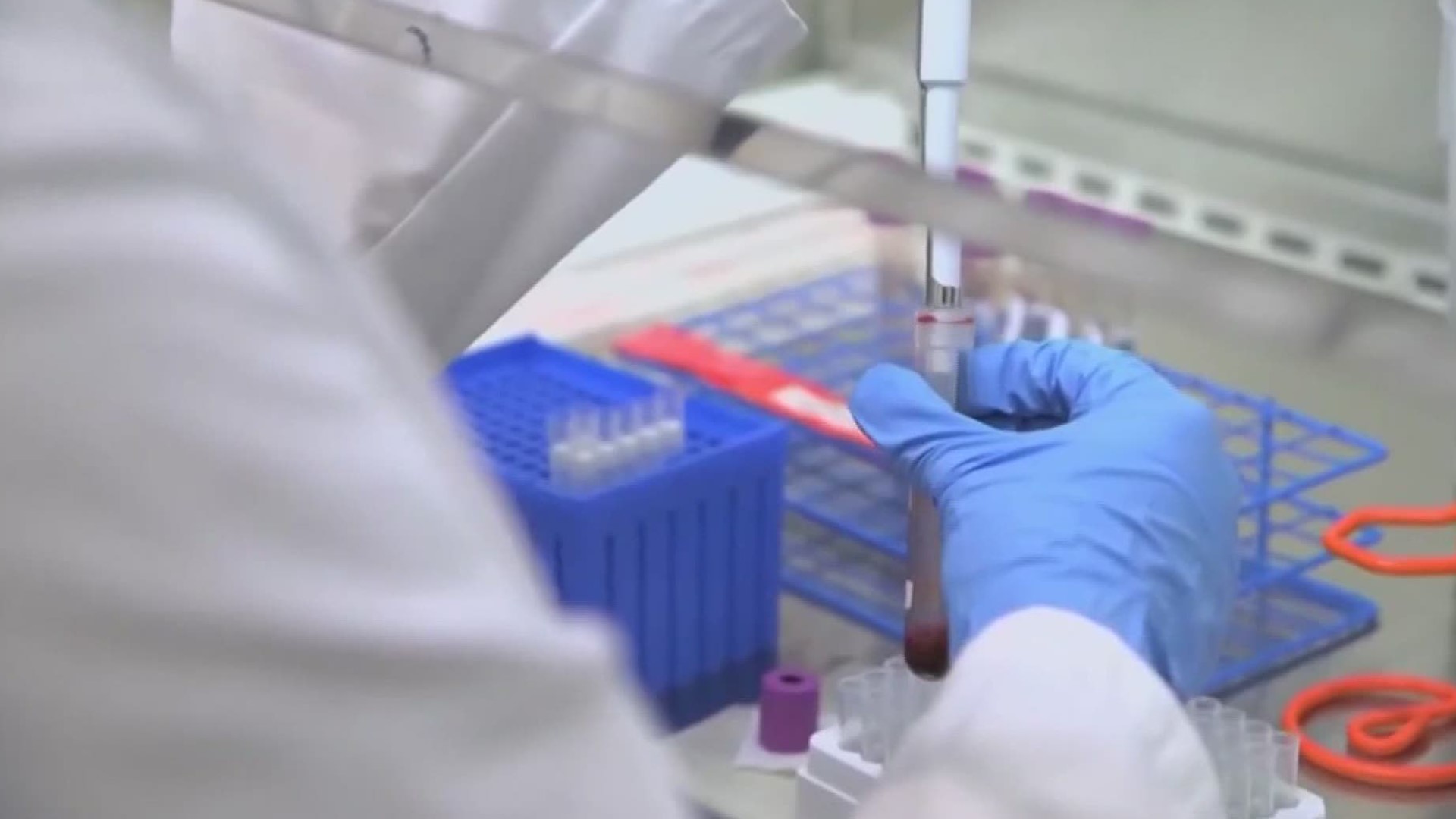HARRISBURG, Pa. — A new omicron subvariant known as XE is starting to increase in transmission across Europe.
"The XE variant is an example of [a] recombination of two viruses within the same cell," said Dr. Joseph Kontra, the chief of infectious diseases at Lancaster General Health. "If you have two viruses inside of one cell, each trying to replicate and create new viruses, sometimes the genetic material gets mixed up as the viruses are being constructed."
The hybrid variant, which is a mix of omicron's original strain and the BA.2 variant, was first detected in the U.K. in January, according to a report from the U.K. Health Security Agency.
The World Health Organization said XE may be 10% more transmissible than BA.2, but health experts say it's too soon to tell just how infectious it will be. What is known now is there have been 600 cases of XE identified in the U.K., but it is not close to the number of cases BA.2 has caused.
"COVID-19 is not finished with us yet," said Kontra. "I think most epidemiologists expect there to be a little bit of a spring wave due to this new BA.2 variant. We don't anticipate it's going to be mere of the magnitude that the Omicron wave was over the winter."
Kontra said vaccinations and boosters will be the best methods of protection as much remains unknown.
The greater attention on XE comes from national health experts planning for the future of COVID-19 and ways to combat the spread of new variants. In the meantime, health professionals remain hopeful.
"We'll have variants that are more contagious," said Dr. John Goldman of UPMC. "Those variants spread themselves more quickly and they've in fact quickly taken over both the United States and our area. I think the peaks are going to get less and less because the virus will spread more slowly in an immune population and the numbers of deaths are going to be much less."

